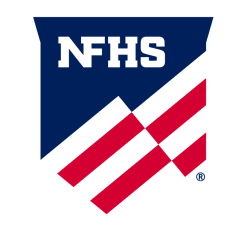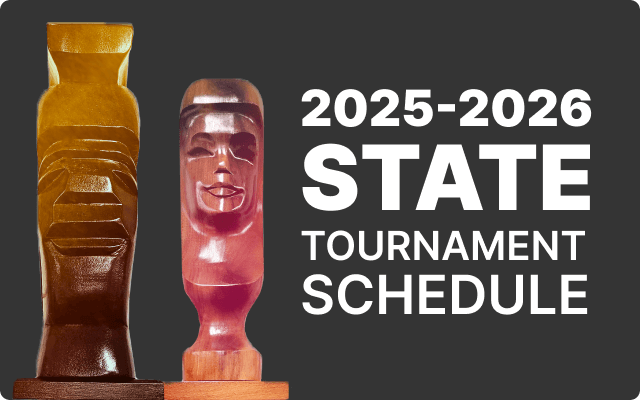
Risk Minimization Key Focus of High School Spirit Rules Changes
All rules revisions recommended by the committee at its March 4-6 meeting in Indianapolis were subsequently approved by the NFHS Board of Directors.
The term “static” was removed from several places in the rules book and replaced with wording that more clearly defines the intent of the rules. One particular example involves allowing braced extended stunts to transition in such a way as to allow for more creativity and better technique.
Rules 3-3 and 4-3 had extensive revisions to reduce risk of injury for the top person in a stunt in cheer and dance. The rules were reorganized and clarify the requirements that must be followed in order for the top person to be in an inverted position.
Rules 3-3-8 and 4-3-8 were also added to prohibit a swing roll-down stunt because the person in the swing is being moved facedown toward the performing surface. Additionally, in Rule 3-3-3, inverted stunts that go to a non-inverted position may pass through the inversion without having to stop in a stationary position. This change will allow more creativity and proper technique for certain inverted skills.
“The Spirit Rules Committee takes risk minimization very seriously and looks at the rules for cheer and dance to ensure the most amount of success – from beginners to advanced – with minimal risk for all involved,” said James Weaver, NFHS director of performing arts and sports and staff liaison to the Spirit Rules Committee.
Rules 3-2-7 and 4-2-7 in cheer and dance, respectively, allow for stunts that don’t end in an extended position to be performed without a spotter. However, a spotter would still be required for stunts that stop in an extended position.
Rule 3-8-2 in cheer and Rule 4-8-2 in dance now state that props cannot be held in the hands during tumbling skills, where the supporting hands are not on the performing surface. The committee believes props are a safety concern when a tumbler is using her/his hands for support during a cartwheel or round-off.
A new rule (4-10-14) states that when transitioning from a prop to a stunt/lift, the new bases shall be in contact with the top person before he/she leaves the prop. This rule minimizes the risk to participants when transitioning from props as bases to people as bases so that at no time the top person is free of contact from a base.
In addition, the Spirit Rules Committee approved revisions or removal of 11 definitions in Rule 1.
“The revision of definitions is to ensure accurate understanding of rules by clarifying the language and removing repetitive definitions,” Weaver said.
A complete listing of all rules changes will be available on the NFHS website at www.nfhs.org. Click on “Activities & Sports” at the top of the home page, and select “Spirit.”
According to the most recent survey of NFHS-member state associations, there are more than 400,000 high school cheerleaders in the United States and, as of 2015-16, about 130,000 of those participants are involved in competitive spirit squads. The 2015-16 NFHS High School Athletics Participation survey lists competitive spirit as the ninth-most popular sports for girls. There are also about 43,000 girls who participate in dance or drill/pom teams, according to the same survey.
# # #
About the National Federation of State High School Associations (NFHS)
The NFHS, based in Indianapolis, Indiana, is the national leadership organization for high school sports and performing arts activities. Since 1920, the NFHS has led the development of education-based interscholastic sports and performing arts activities that help students succeed in their lives. The NFHS sets direction for the future by building awareness and support, improving the participation experience, establishing consistent standards and rules for competition, and helping those who oversee high school sports and activities. The NFHS writes playing rules for 17 sports for boys and girls at the high school level. Through its 50 member state associations and the District of Columbia, the NFHS reaches more than 19,800 high schools and 12 million participants in high school activity programs, including more than 8 million in high school sports. As the recognized national authority on interscholastic activity programs, the NFHS conducts national meetings; sanctions interstate events; offers online publications and services for high school coaches and officials; sponsors professional organizations for high school coaches, officials, speech and debate coaches, and music adjudicators; serves as the national source for interscholastic coach training; and serves as a national information resource of interscholastic athletics and activities. For more information, visit the NFHS website at www.nfhs.org.









